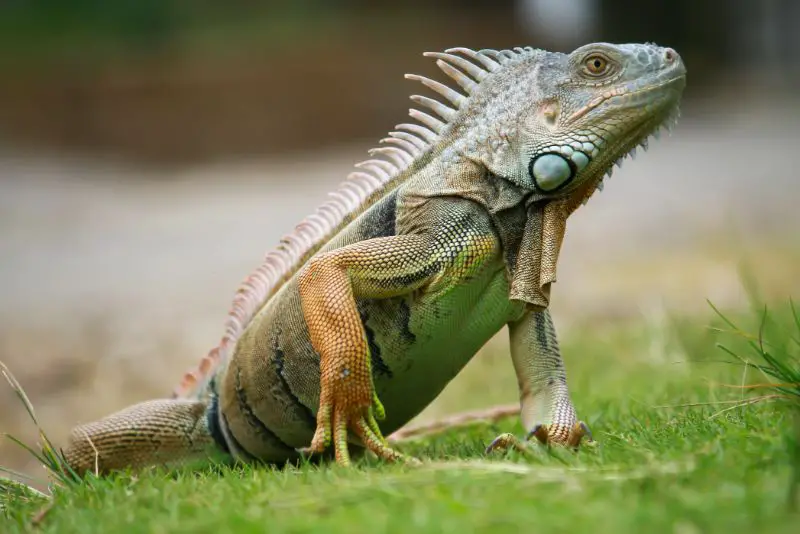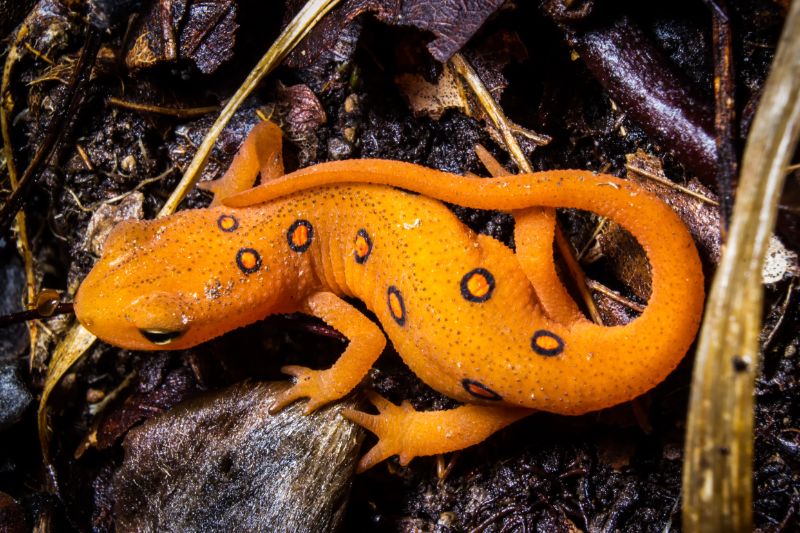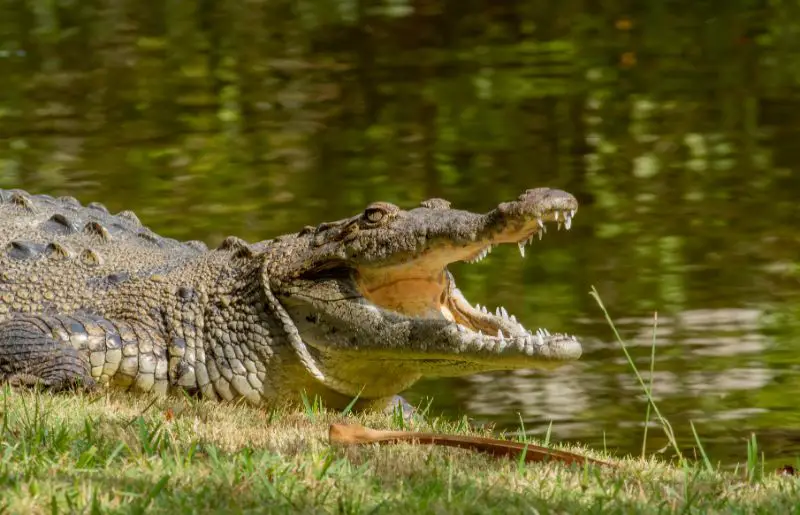Exploring the Habitat of Reptiles: Where Do They Live?
If you’ve ever wondered, “Where do reptiles live?”, you’re not alone. Understanding where these fascinating creatures reside requires a look into the unique characteristics that define them. Prepare yourself for a journey into diverse environments and eye-opening facts about these scaly animals.
Understanding Reptile Traits

Before we dive into “Where do reptiles live”, we must first get a grip on their characteristics. With over six thousand variations, ranging from snakes to turtles, reptiles are as diverse as they come. Each kind exhibits unique traits, influencing the type of environment they inhabit.
About Their Skin And Temperature Regulation
Reptiles, generally, display dry, scaly skin acting as a protective shell, a significant factor in their habitat preference. Coupled with their cold-blooded nature, which limits body-temperature regulation, these creatures primarily opt for warmer environments.
Carnivorous Nature
Aside from turtles, most reptiles are carnivorous. Consequently, they inhabit locations abundant in prey.
The Necessity of Heat Sources

Where do reptiles live? Heat plays a crucial role! Take sun-lit rocks and warm sands, to name a few—reptiles rely on such external heat sources to thrive, making warmer climates their go-to.
Land, Water, or Both?
Nearly all reptiles live in habitats offering both land and water. To name a few:
- Turtles, notoriously land-loving, often reside near water bodies
- Lizards and snakes, versatile as they are, inhabit varying terrain
- Alligators and crocodiles prefer water but spend considerable time on land
This flexibility significantly broadens their living possibilities.
Humidity, A Hidden factor
Humidity levels also influence reptile habitats. While high moisture areas are frequently preferred, allowing better temperature regulation, exceptions exist. Certain rattlesnakes, for example, inhabit the arid regions of Texas, New Mexico, and Arizona, where heat and food are ample.
The Quest for Sustenance

Where reptiles live eventually comes down to where they can find sustenance. Consider:
- Some survive long periods (even months) on a single meal due to slow digestion
- Their diet mainly includes insects, mice, rabbits, fish, eggs, and the like
Larger species need bigger prey for survival, while a small percentage are herbivores, thriving on berries, fruits, and leaves.
See Related: Creating the Perfect Snake Vivarium: A Guide to Housing Your Slithery Friends
Shelter: A Must-Have
Last but not least, shelter significantly influences reptilian habitats. Their keenness on burrows, rocks, logs, and leaves for protection, or water bodies for concealment, is noteworthy. So essentially, barring regions of polar ice caps and tundra, reptiles can be found just about anywhere!
Related Resources: